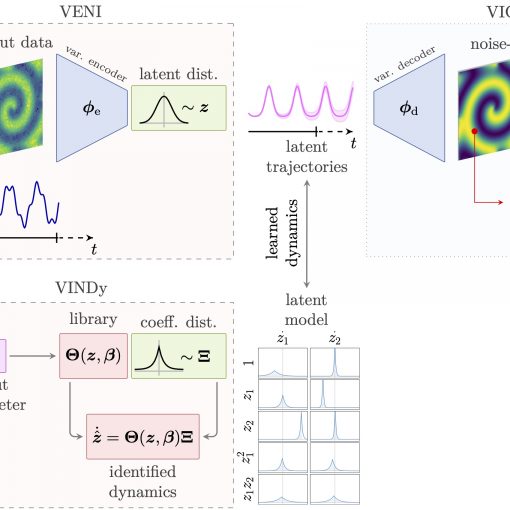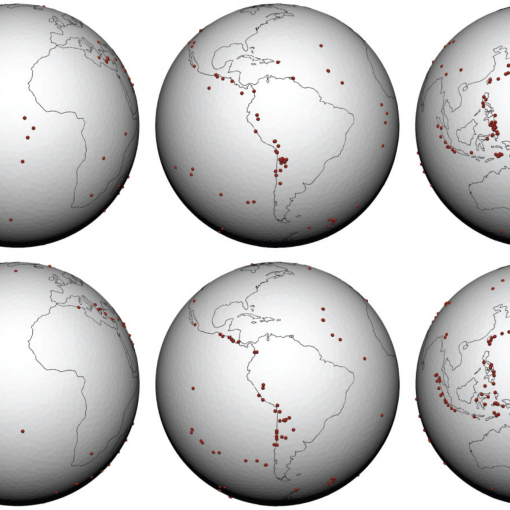A new MOX Report entitled “A comparative analysis of mesh-based and particle-based numerical methods for landslide run-out simulations” by Fois, M.; Gatti, F.; de Falco, C.; Formaggia, L. has appeared in the MOX Report Collection. Check it out here: https://www.mate.polimi.it/biblioteca/add/qmox/103-2024.pdf Abstract: Landslides are among the most dangerous natural disasters, with their unpredictability and potential for catastrophic human and economic losses exacerbated by climate change. Continuous monitoring and precise modeling of landslide-prone areas are crucial for effective risk management and mitigation. This study explores two distinct numerical simulation approaches: the mesh-based finite element model and the particle-based model. Both methods are analyzed for their ability to simulate landslide dynamics, focusing on their respective advantages in handling complex terrain, material interactions, and large deformations. A modified version of the second-order Taylor-Galerkin scheme and the depth-averaged Material Point Method are employed to model gravity-driven free surface flows, based on depth-integrated incompressible Navier-Stokes equations. The methods are rigorously tested against benchmarks and applied to a real-world scenario to assess their! performa nce, strengths, and limitations. The results offer insights into selecting appropriate simulation techniques for landslide analysis, depending on specific modeling requirements and computational resources.
You may also like
A new MOX Report entitled “Learning cardiac activation and repolarization times with operator learning” by Centofanti, E.; Ziarelli, G.; Parolini, N.; Scacchi, […]
A new MOX Report entitled “A Novel DNA-Inspired Framework to Study University Dropout: Insights from Politecnico di Milano” by Guagliardi, O.; Masci, […]
A new MOX Report entitled “VENI, VINDy, VICI – a variational reduced-order modeling framework with uncertainty quantification” by Conti, P.; Kneifl, J.; […]
A new MOX Report entitled “A nonparametric penalized likelihood approach to density estimation of space-time point patterns” by Begu, B.; Panzeri, S.; […]





